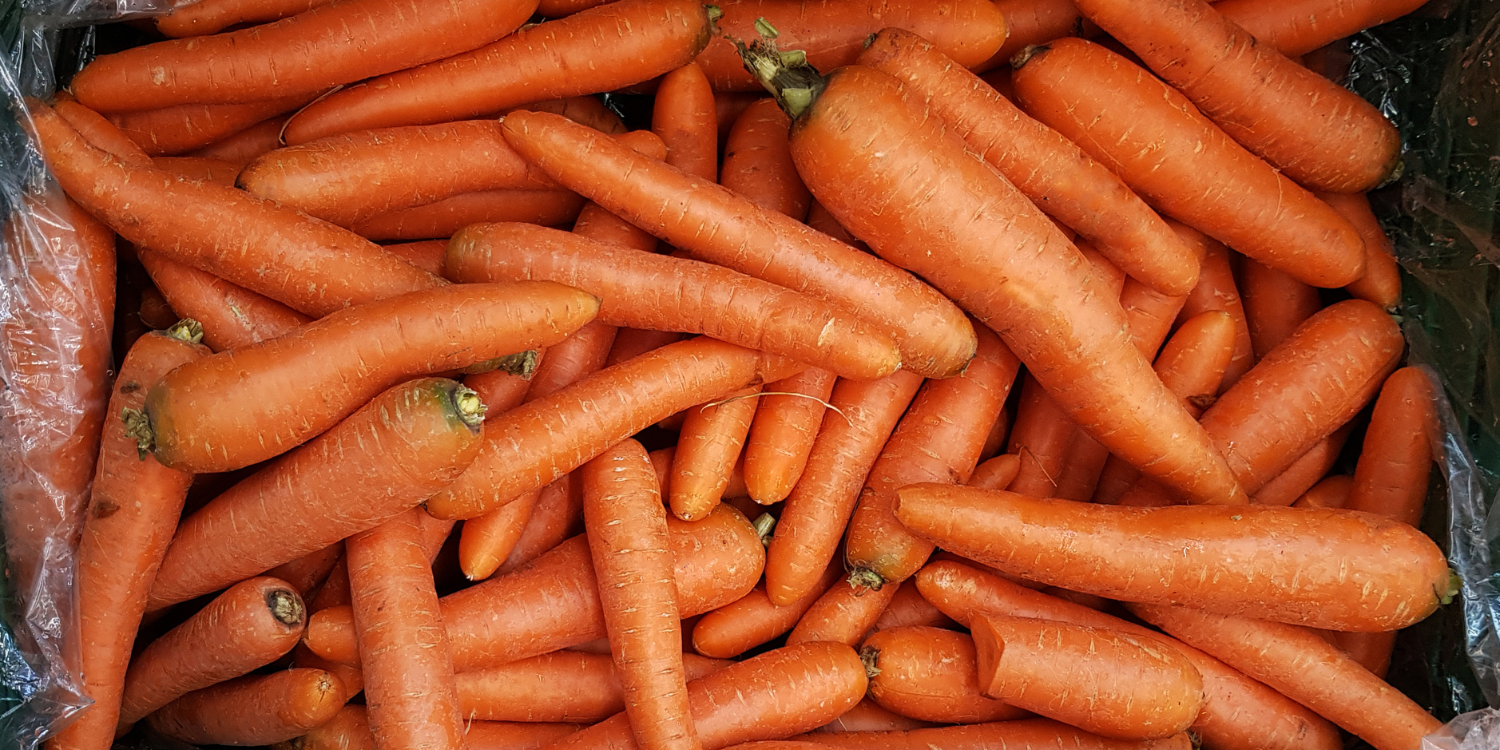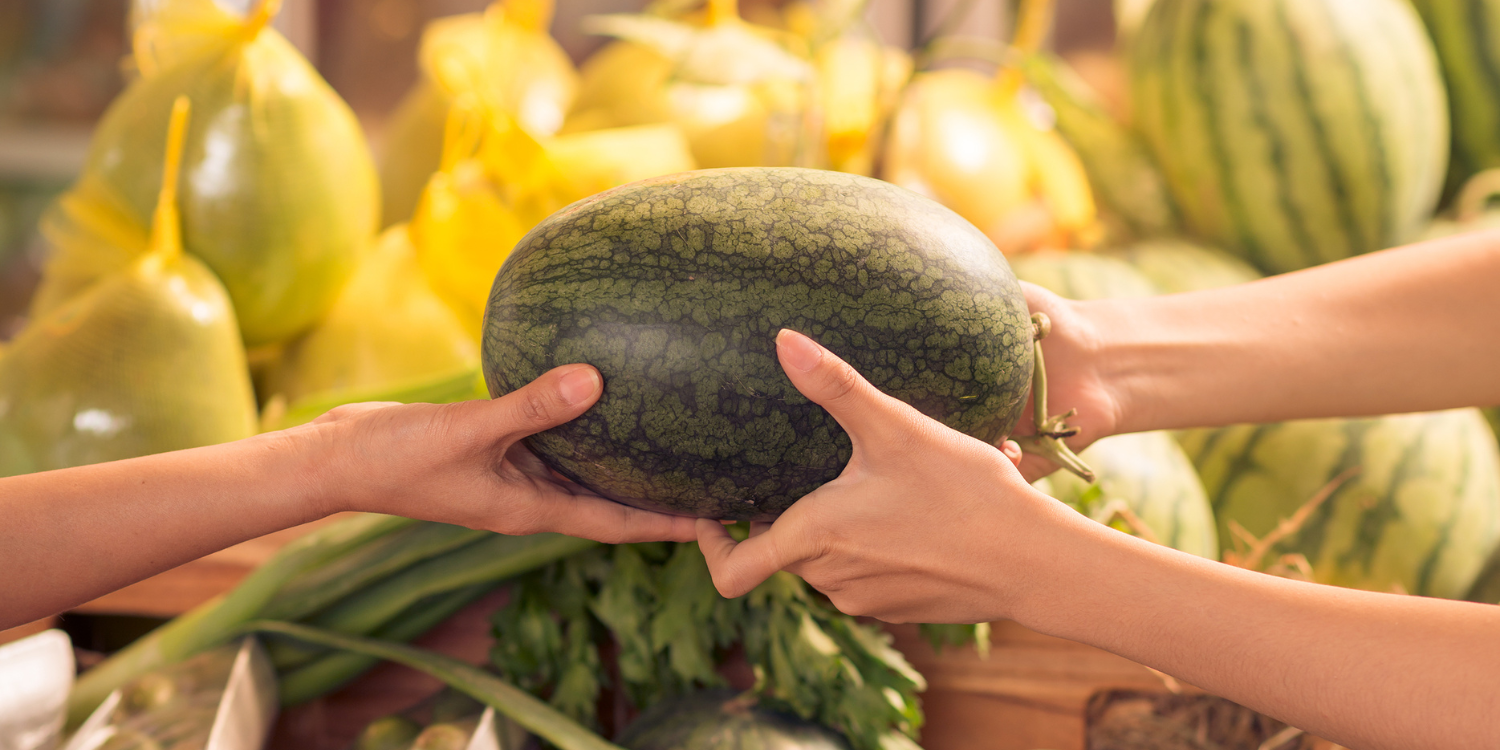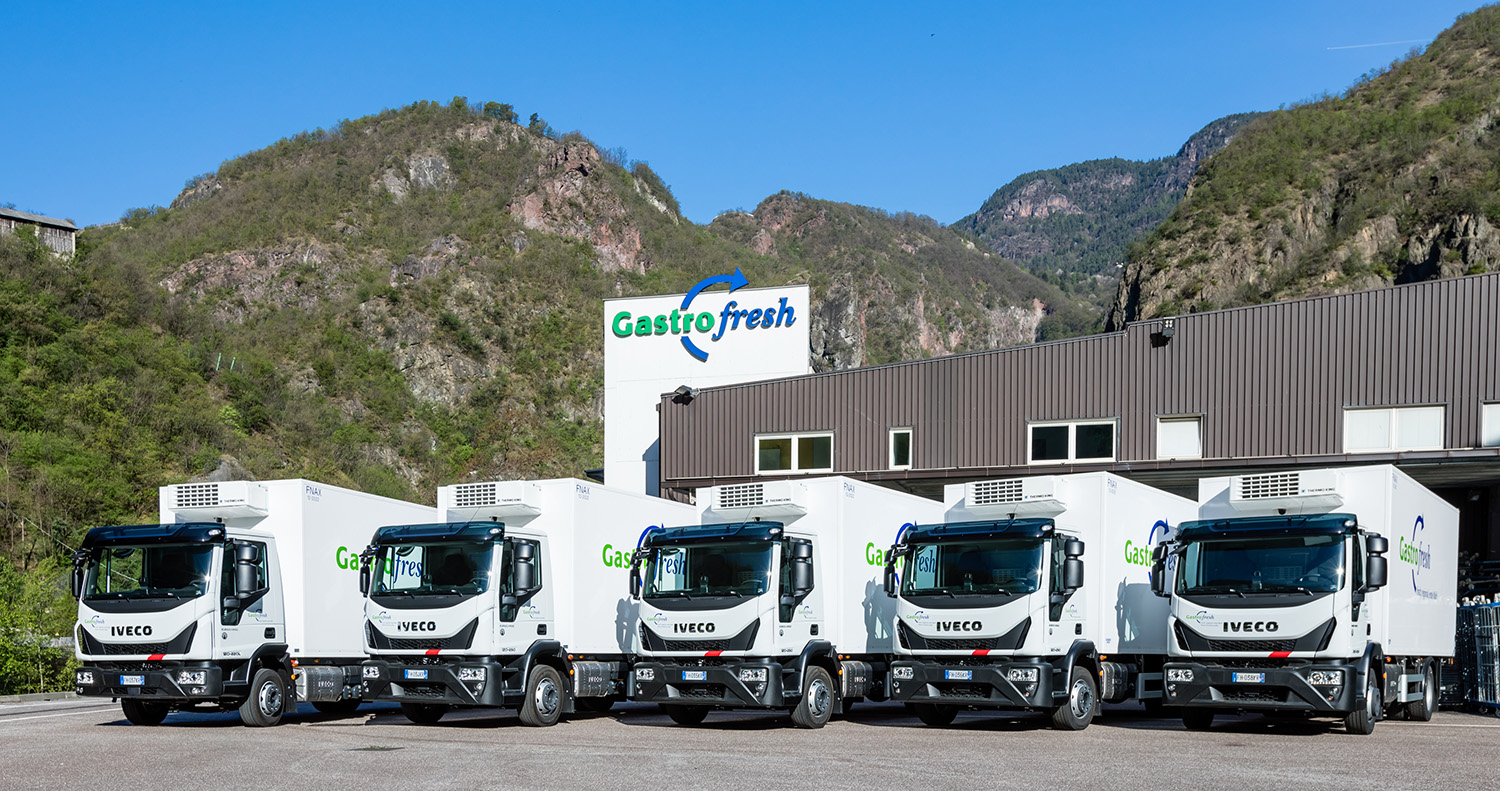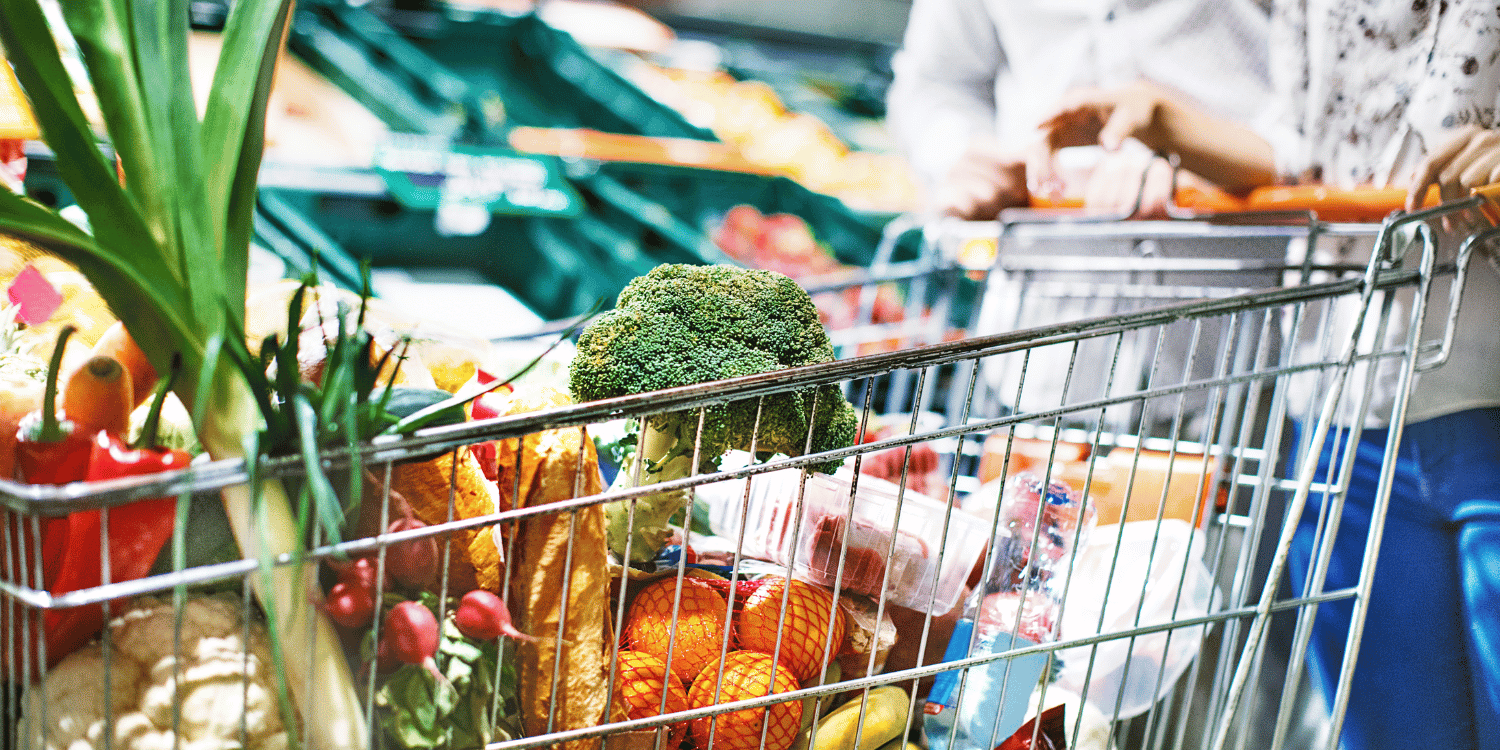Biotechnology is rapidly changing the landscape of various business sectors on a large scale.
In particular, the produce industry is undergoing tremendous changes due to advancements in this field.
Genetic engineering, crop yield enhancement, and sustainable farming techniques are some areas where biotechnology is materializing its potential.
The shift towards such innovations is not just a business strategy but an imperative to address global food shortage issues as well.
Emerging biotech concepts are altering traditional farming practices, demonstrating the extraordinary power of science in answering some of our most complicated problems.
In the following paragraphs, we will look more deeply into how these groundbreaking innovations are revolutionizing the agricultural process, and by extension, the produce industry.
- CRISPR gene-editing is enhancing crop resistance in the industry.
- Automated drones are being used for precise agriculture practices.
- Vertical farms are increasing urban food production capacities.
- AI algorithms have become crucial in predicting crop yields accurately.
- Microbiome manipulation is improving the overall health of soil in farming.
While these innovations demonstrate significant strides in the current revolution of the produce industry, there is yet more fascinating progress to explore in the chapters ahead.
As we shift our focus, we’ll navigate some exclusive insights into bioengineering tirelessly making its mark in agriculture, along with advancements in farm-robotics and their remarkable impacts.
RSS feeds and satellite imagery applications, quietly shaping a new era of farming, will shed light on their profound influence in our industry while we also approach the possibilities that nutrient biofortification presents.
The information in the upcoming sections certainly makes for an engaging continuation, setting the stage for a broader understanding of this dynamic industry.
Contents
Biotech Innovations Transforming The Produce Industry
1. CRISPR gene-editing improving crop resistance
In Short: CRISPR technology alters the genetic composition of plants, enabling the development of crops with increased resistance to diseases, pests, and climatic changes. Its applications range from faster plant breeding, enhancing nutritional content, reducing allergen content, to promoting more sustainable farming practices.
One of the significant biotechnological innovations revolutionizing the produce industry is CRISPR gene-editing technology.
Clustered Regularly Interspaced Short Palindromic Repeats, popularly known as CRISPR, enables scientists to alter the genetic composition of plants accurately.
This inventive procedure resembles the cut and paste functions on a computer, allowing for the precise alteration of genetic sequences.
By doing so, it opens the room for the development of crops with extra resistance to diseases, pests, and changing climatic conditions.
The primary goal of this technology is to improve crop resistance, which defines the plant’s ability to withstand adverse conditions and still perform optimally.
This added resilience is expected to lead to an increase in food production to meet the ever-growing global food demand.
However, it’s compelling to underline that the usage of CRISPR in the agricultural field is not solely focused on resistance; it presents multiple facets of application.
Here are a few concepts to entertain:
- Faster plant breeding: Traditional plant breeding methods are time-consuming and not always accurate. CRISPR has the potential to accelerate the plant breeding process by making exact changes to plant genomes.
- Improved nutritional content: Not only can CRISPR enhance a plant’s resistance to diseases and pests, but it can also be used to build up the nutritional contents of crops.
- Reduced allergen content: Some crops produce allergenic proteins that can trigger adverse reactions in sensitive individuals. CRISPR can potentially reduce or eliminate these allergens by editing out the genes responsible for their production.
Noteworthy, the application of CRISPR in enhancing plant resistance promises an agricultural revolution amidst the current global food security challenges.
More durable crops mean less dependency on pesticides and other chemicals that can be harmful to the environment, thus leading to more sustainable farming practices.
Nevertheless, it is critical to consider some of the ethical concerns surrounding genetic-editing technologies, pondering the eventual balance between advancement and nature’s preservation.
These concerns generally revolve around the potential for unforeseen health and environmental effects, as well as issues of consent and access to the benefits of such technologies.
Overcoming these hurdles and achieving a comprehensive, carefully regulated, and transparent approach can promise a future for agricultural biotechnology where crop resistance can counter the threats from climate change, pests, and diseases.
Thrillingly, the global quest to harness and advance the potentials of CRISPR gene-editing technology is very much on the stage of active research and constant groundbreaking revelations.
2. Automated drones for precision agriculture
In Short: Automated drones are revolutionizing precision agriculture by improving crop productivity and promoting sustainable farming practices. Drones provide real-time monitoring, health assessment, optimize water usage, and detect pests and weeds, making them a crucial tool in modern biotech innovations for farming.
Within the scope of biotech innovations, automated drones for precision agriculture have emerged as crucial game-changers.
They not only revolutionize the way farmers manage their fields but also significantly improve crop productivity.
The integrated technology allows these drones to capture detailed and real-time data, contributing to a more precise and efficient farming process.
By using these drones, farmers can obtain comprehensive aerial views of their crop fields, allowing them to better monitor the health and growth of their crops.
This form of surveillance offers valuable insights into areas that may require immediate attention or a specific type of care, dramatically reducing the probability of crop failure.
Now let’s dive deeper into these innovative machines and highlight their unique features and benefits. Here are four key components that make drones an instrumental tool in precision agriculture:
- Real-Time Monitoring: Drones can continuously survey a field, providing farmers with real-time updates on their crop conditions.
- Health Assessment: By utilizing color contrast, drones can detect if plants are sick or healthy, enabling farmers to take immediate action and mitigate any possible spread.
- Water Usage Optimization: Drones help determine the optimal quantity of water required by assessing the level of moisture in the soil. This leads to more sustainable farming practices and preserved water resources.
- Pest and Weed Detection: Drones are equipped with technology to identify harmful pests and weeds, allowing farmers to apply targeted pest control measures, thus saving on resources and promoting healthier crops.
In a sense, drones serve as the farmer’s personalized agricultural assistant, providing high-quality data that helps farmers make informed decisions about crop management.
Their application in the field of precision agriculture also represents a promising shift towards sustainability as they promote resource-saving measures.
Despite the technology still being in its nascent stage, early adopters of drone technology have reported significant improvements in crop yield and cost savings.
One of the largest barriers to the widespread adoption of drones in precision agriculture is establishing regulatory guidelines.
However, as we refine the technology and create clearer regulation, the potential benefits are too great to ignore.
Implementing automated drones in the field of agriculture showcases how modern biotech innovations are transforming the traditional farming industry, providing significant economic and environmental benefits.
This shift towards precision agriculture also underlines the emphasis on reducing human-induced impacts on the environment, by promoting more sustainable farming practices.
3. Vertical farms augmenting urban food production
In Short: Vertical farming refers to the method of growing food in stacked layers, increasing resource efficiency and minimizing environmental impact. Despite challenges like high energy usage, this innovative solution provides year-round crop production, reduces dependency on seasonality and pesticides, and optimizes use of space, potentially revolutionizing urban food production.
The concept of vertical farming has become an exciting possibility for urban food production, transcending the traditional limitations of land availability and seasonality.
When we speak of vertical farms, we are referring to the practice of producing food in vertically stacked layers, be it in structures such as skyscrapers, used warehouses, or rectified shipping containers.
This method of food production has some distinct advantages, particularly when it comes to maximizing resource efficiency and minimizing environmental impact.
Vertical farms are able to precisely control environmental conditions such as temperature, humidity, and lighting conditions, allowing for year-round production of crops irrespective of the external climate.
This eliminates the seasonality of certain produce, providing consistent crop yields and giving consumers access to a wider variety of fresh produce all year round.
Moreover, since vertical farms are indoors, they aren’t susceptible to the same kinds of pest damage or diseases that traditional farms are.
This decreases the need for chemical pesticides and fungicides, making the crops healthier for consumption and the farming process more sustainable.
One of the most considerable benefits of vertical farming lies in its efficient use of space.
In traditional farming, a plot of land can only produce a certain amount of crops.
But in a vertical farm, that same plot of land – when built upwards – can produce many times that amount, making it a viable solution for urban areas where space is at a premium.
There are several key characteristics of vertical farming that make it a possible game-changer in urban food production.
Below are the most valuable features of this modern farming technique:
- Resource efficiency: Vertical farms use significantly less water than traditional farms, with some systems even able to operate on recycled water.
- Space-saving: By growing upwards rather than outwards, vertical farms can produce a significant amount of food in a relatively small footprint.
- Sustainability: With fewer inputs and waste, vertical farming has a lower negative impact on the environment.
- Local production: Since these farms can be set up in urban areas, they reduce the need for long-distance transportation of fresh produce, lowering the carbon footprint.
However, it’s essential to recognize that vertical farming isn’t without its challenges.
The biggest is perhaps the high energy usage, primarily attributed to the need for artificial lighting systems.
Several vertical farming enterprises are seeking to address this by investing in renewable energy sources and designing more efficient lighting systems.
All in all, despite the challenges, vertical farming is proving to be an innovative solution that’s set to make a significant impact on urban food production in the coming years.
4. AI Algorithms Predicting Crop Yields
In Short: Artificial Intelligence (AI) can predict crop yields with remarkable accuracy, aiding in maximizing yield and minimizing losses by using algorithms that analyze data such as weather patterns, soil health, and agronomic practices. However, the technology is in its early stages and adoption is limited by challenges such as the digital divide, but its future in agriculture is promising as it becomes more accessible and can transform agriculture into a more sustainable and efficient practice.
Artificial Intelligence (AI) presents a myriad of opportunities in agriculture, and particularly in the realm of crop yield prediction.
Highly sophisticated and adaptive AI algorithms can predict yields with unprecedented accuracy far before harvest time, enabling farmers to make informed decisions about their crops.
These AI models feed on a huge amount of data which includes weather patterns, soil health, crop phenotypes, and agronomic practices.
Once the data is analyzed, the algorithms forecast the likely outcome, allowing the farmers to maximize yield and minimize loss.
This tech innovation is not just promising but is transforming the way agriculture has been practiced for centuries.
A few benefits that come with the usage of AI in predicting crop yields include the potential to better manage crop rotations, improve irrigation management, and fine-tune fertilizer applications.
Let’s dig in into some of the ways these AI algorithms are enhancing crop productivity:
- Real-time monitoring: AI technology helps in tracking and predicting the growth of crops in real-time, enabling farmers to make timely interventions.
- Risk assessment: It assesses the potential risk elements like sudden changes in weather or pests infestation, giving the farmer ample time to mitigate the risk.
- Precision agriculture: AI algorithms are instrumental in precision agriculture, thus ensuring optimal usage of resources.
- Storage and market planning: By predicting the yield, farmers can better plan the storage and marketing their produce, thus reducing wastage and optimizing profits.
These benefits bestowed by AI are just the tip of the iceberg.
Continuous improvements and advancements in AI technology promise to revolutionize the industry even further.
However, despite the potential, the adoption of AI technologies within the agricultural sector is still in its nascent stages.
One of the major challenges faced in the implementation of these technologies is the digital divide.
Most farmers in developing parts of the world do not have access to advanced technology, reliable internet, or the necessary digital literacy skills to harness the potential of AI.
Therefore, it is imperative that the technology developers, governments, and NGOs work collectively towards bridging this gap.
Despite the current challenges, the future of AI in crop yield prediction is very promising.
As these technologies become more accessible and adaptable, they may very well become the norm in agriculture, making farming more sustainable and efficient.
5. Microbiome Manipulation Enhancing Soil Health
In Short: Manipulating soil microbiomes, the vast array of microorganisms like bacteria and fungi, can enhance soil health and crop production by improving soil fertility and plant immunity, and enhancing crop resilience against environmental stressors. This biotechnological approach has the potential to significantly transform conventional farming practices towards greater sustainability and productivity.
The significance of a healthy soil microbiome in agriculture cannot be overstated. Healthy soils significantly contribute to crop growth, and one of the pivotal factors responsible for soil health is its microbiome: the immense assortment of bacteria, fungi, and other microorganisms that thrive within it.
A new frontier in biotechnology is the manipulation of soil microbiomes to enhance soil fertility and crop production. It is an emerging scientific field that works on understanding and utilizing soil microbes to promote healthier, more sustainable farming practices.
These microscopic soil lifeforms are the engines driving nutrient recycling, breaking down organic matter, and synthesizing useful plant nutrients. Some microbes even develop symbiotic relationships with plants, protecting them against diseases and boosting their tolerance to environmental stressors.
Leveraging this natural microbial activity through genetic manipulation holds immense potential. By diving deep into divergent microbial roles, scientists can identify, isolate, and refurbish these beneficial organisms to further enhance crop health and resilience.
Consider why we are particularly focused on soil microbiome manipulation. Here are a few areas where this revolutionary bio-engineered approach could make significant strides:
- Improving Soil Fertility: Nutrient cycling is primarily driven by microbial activity. Consequently, augmenting microbial populations that expeditiously break down organic matter can considerably improve the availability of essential nutrients and, in turn, soil fertility.
- Boosting Plant Immunity: Certain microbes can induce systemic resistance in plants, acting as a biological shield against diseases. Therefore, deploying these disease-suppressing microbes into the soil can enhance crop immunity remarkably.
- Enhancing Crop Resilience Against Environmental Stressors: Some soil bacteria can facilitate the plants to withstand abiotic stresses, such as drought and salinity, promoting survival under unfavorable conditions.
However, it is critical to note that significant challenges persist. The sheer diversity and complexity of soil microbiomes pose considerable obstacles. Microbial interactions and their relationship with the environment are multifaceted and dynamic, requiring extensive research to unravel.
Moreover, the practical adoption of microbiome manipulation in commercial agriculture presents another challenge. Every crop, soil type, and agro-climatic condition harbors a unique microbial ecosystem, and a ‘one-size-fits-all’ approach could be inefficient, if not detrimental. Therefore, developing targeted solutions that respect the complex soil biodiversity is critical.
In spite of these challenges, scientists are undeterred. With advanced biotechnological tools, researchers are delving deep into the soil’s microbial universe, marking a profound shift in our understanding of soil-crop interactions. Robust soil microbiome databases are being developed, enabling genetic analysis and identification of key species that can be manipulated to achieve desired outcomes.
This biotechnological approach has the potential to transform conventional farming practices, ushering in a new era of sustainable and resilient agriculture. However, it’s worth emphasizing that responsible use and management of microbial resources are essential to maintain the balance of soil ecosystems.
Safe and managed use of microbiome manipulation, preserving native biodiversity, and using it in unison with other biotech innovations like CRISPR gene editing or AI-driven predictive farming could lead to tremendous leaps in agricultural productivity and sustainability.
While the journey is just beginning, microbiome manipulation promises to be one of the crucial biotech innovations shaping the future of the produce industry.
The Bottom Line
The advancement of biotechnology is unmistakably carving a fresh path for the modern produce industry.
Technological innovations are not only intensifying crop output but also providing revolutionary solutions for the formidable challenges faced by the farming sector.
These biological enhancements are ensuring the increased longevity of produce, driving the global market toward surplus yield and affordable prices.
The integration of biotechnology into agriculture signals a new dawn for the produce industry, potentially steering it towards an era of sustainability and food security, while also reducing ecological impact.
Thus, it is clear that biotech innovations hold the key to transforming the produce industry in ways we are just beginning to comprehend.




















